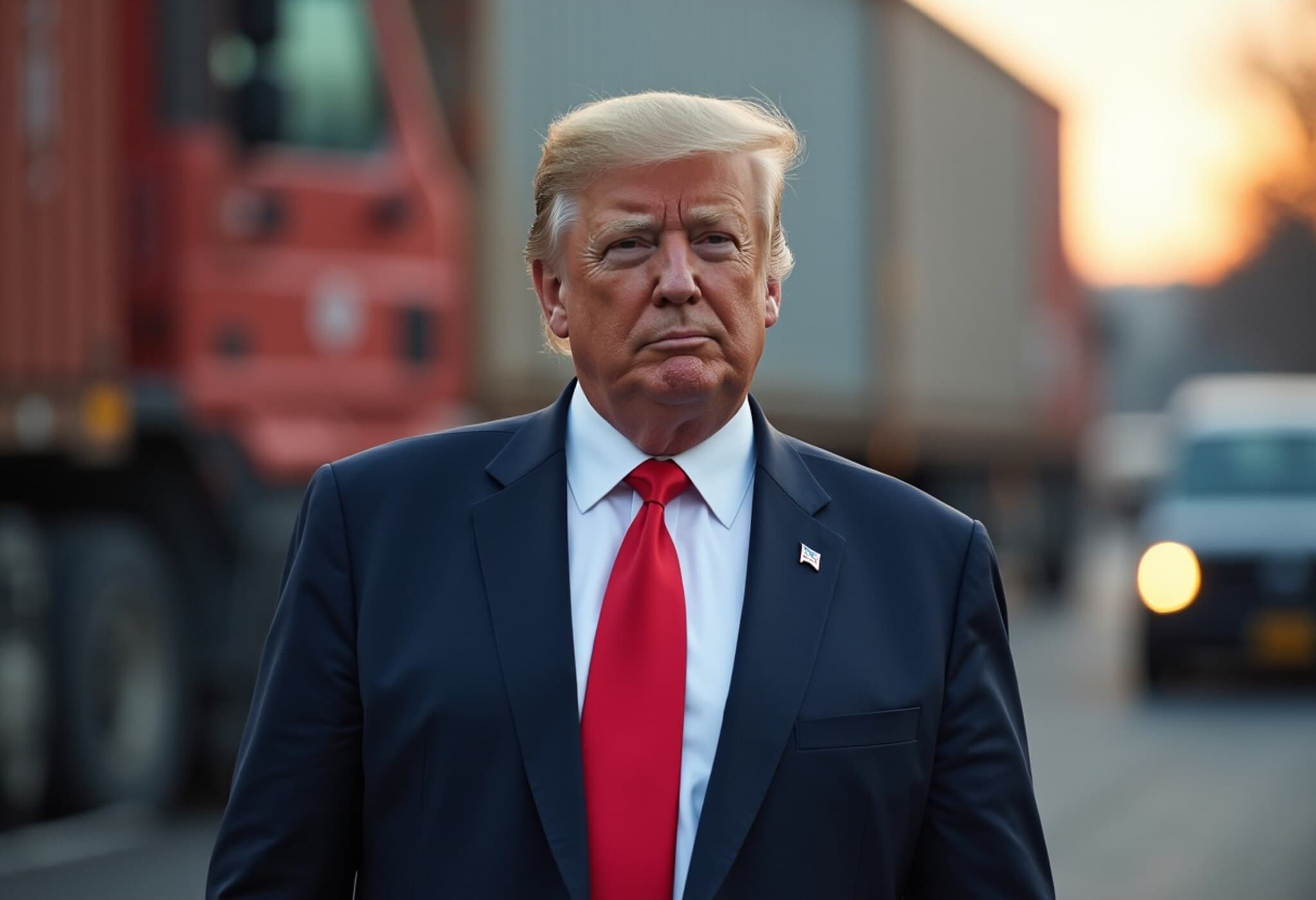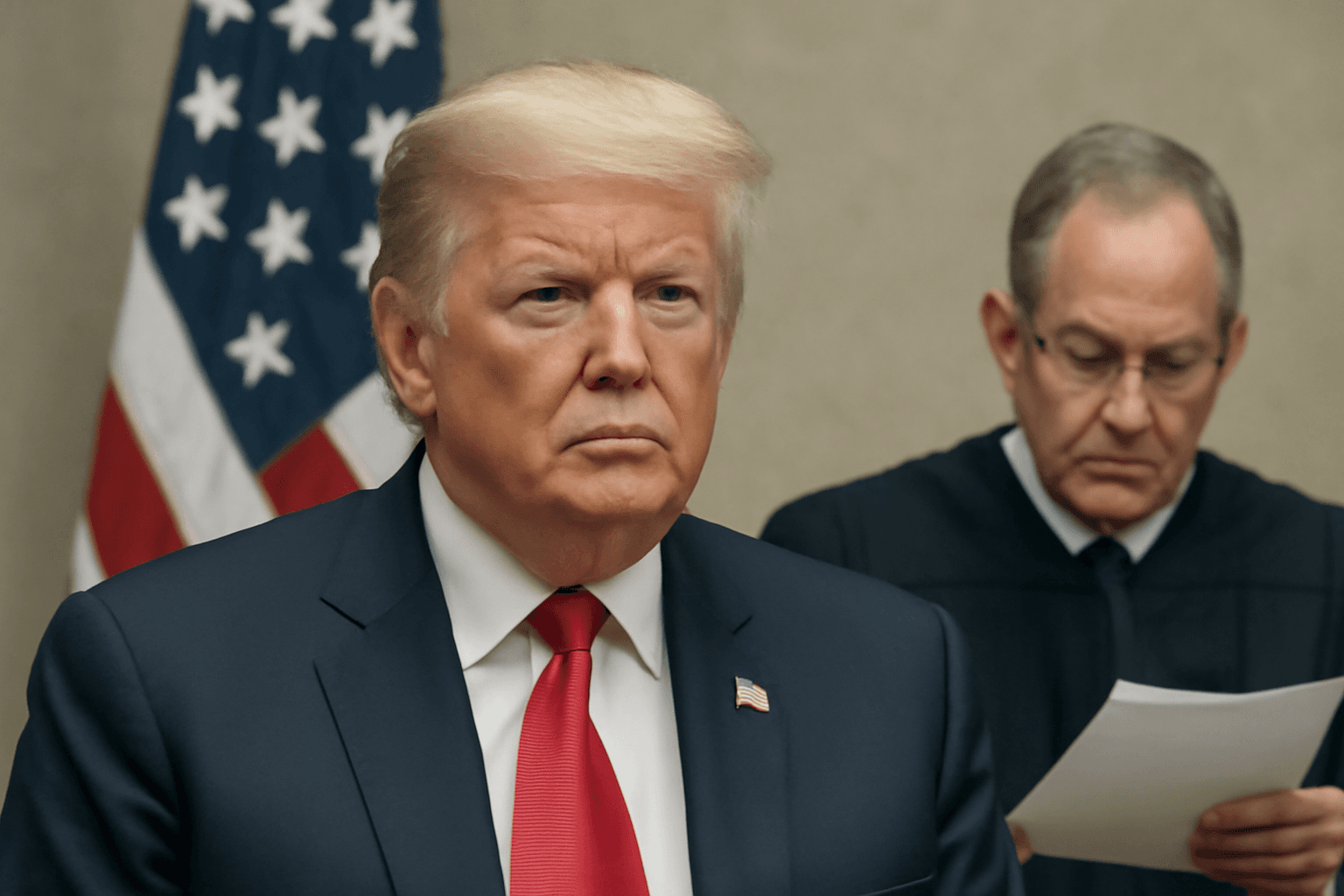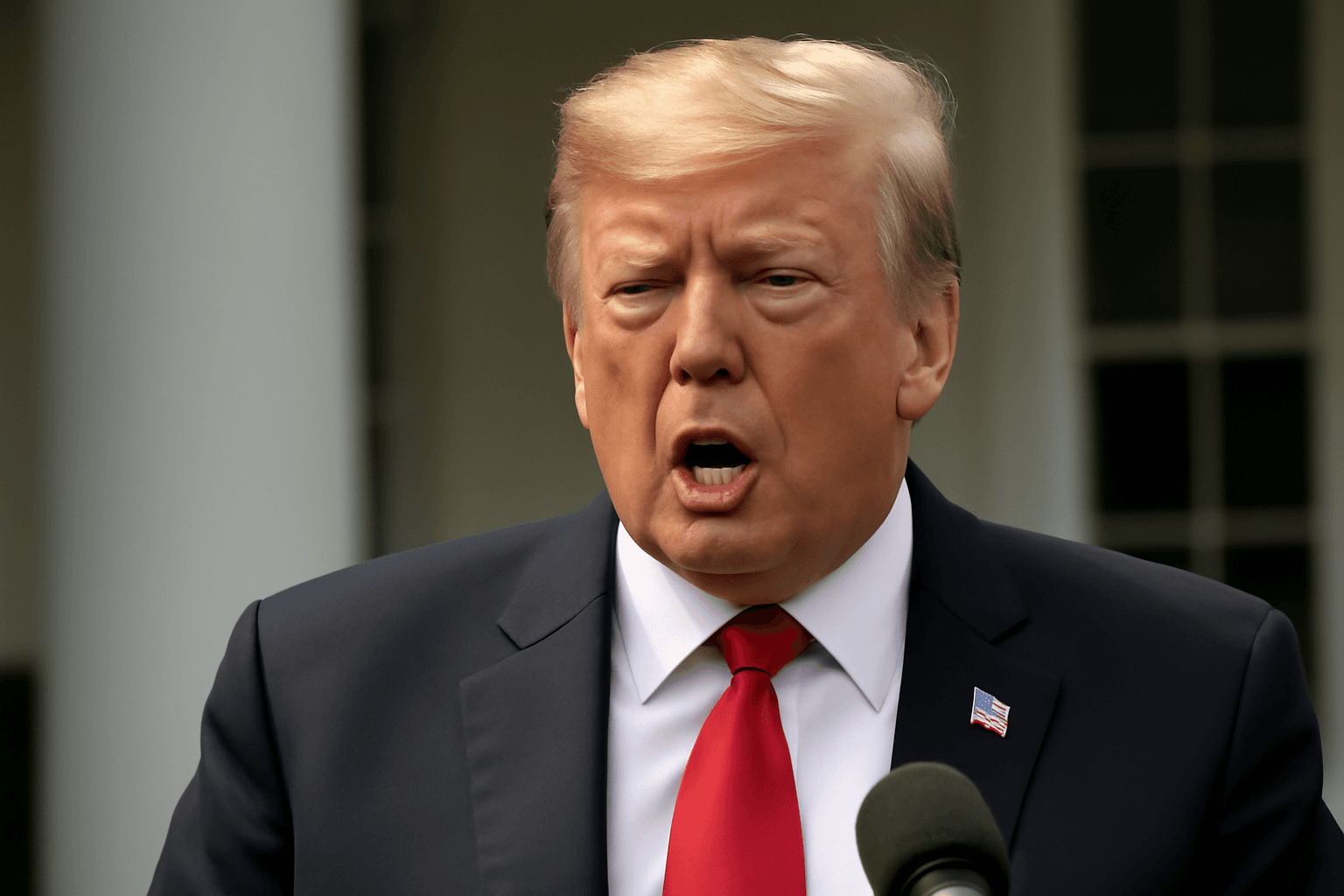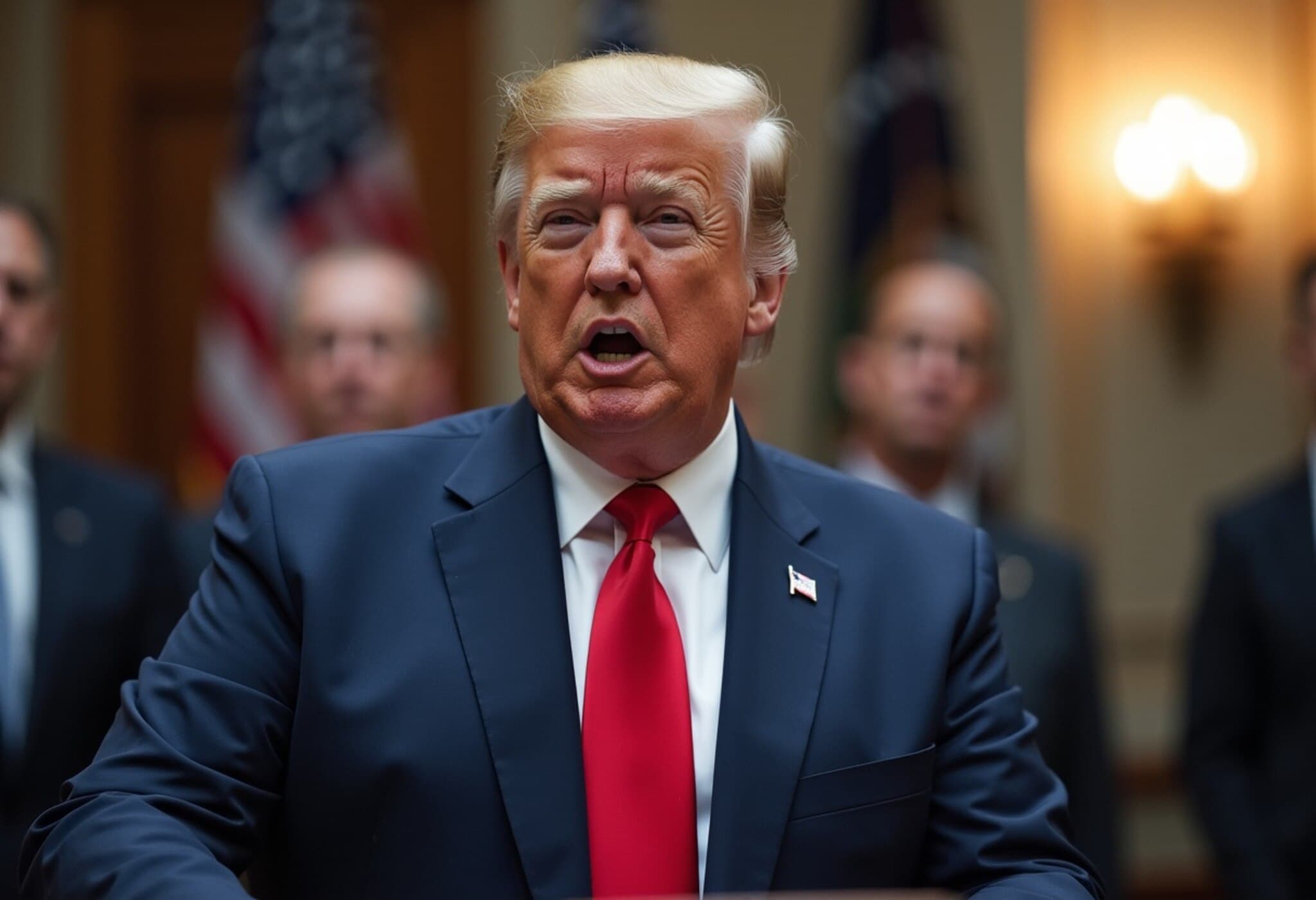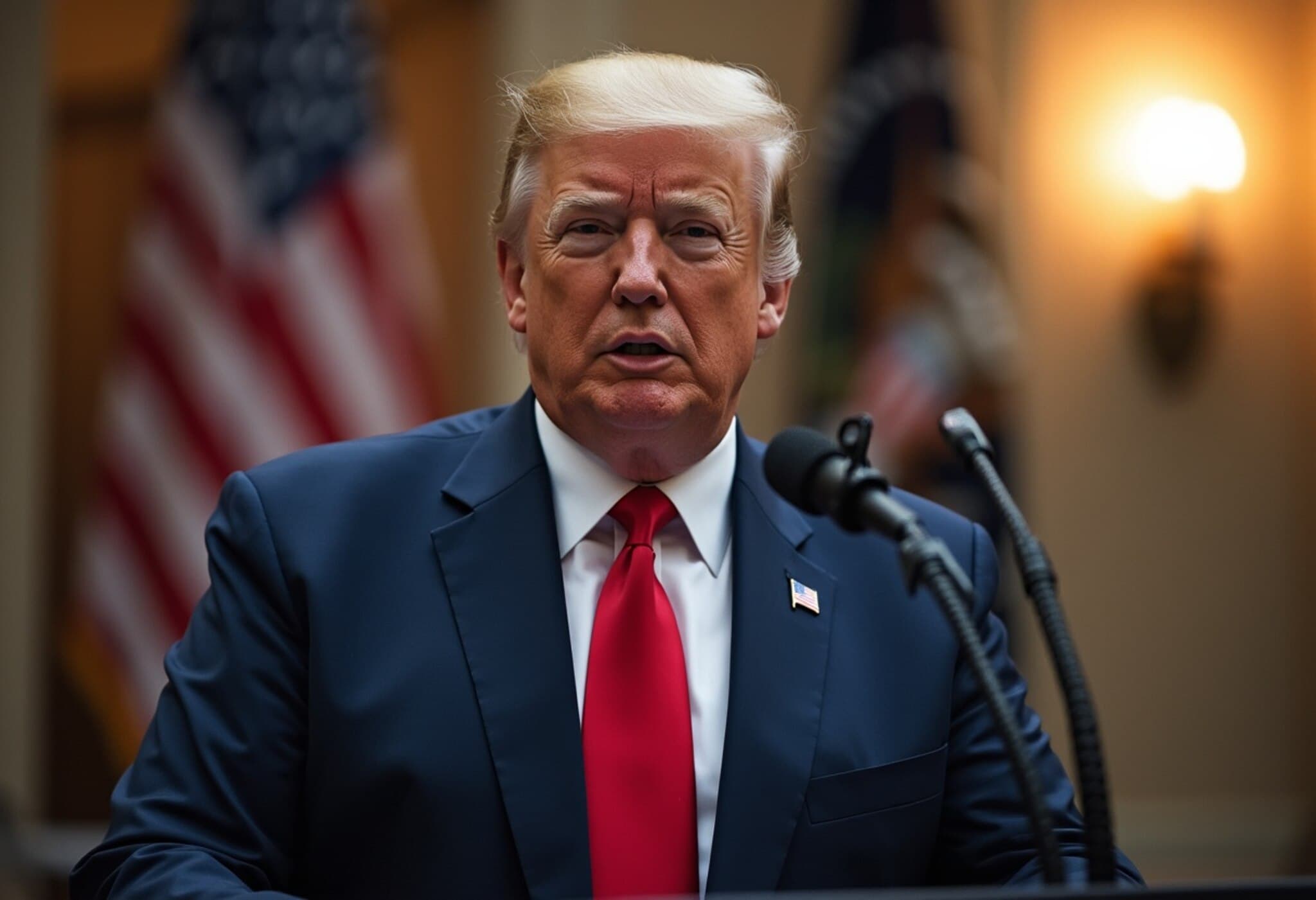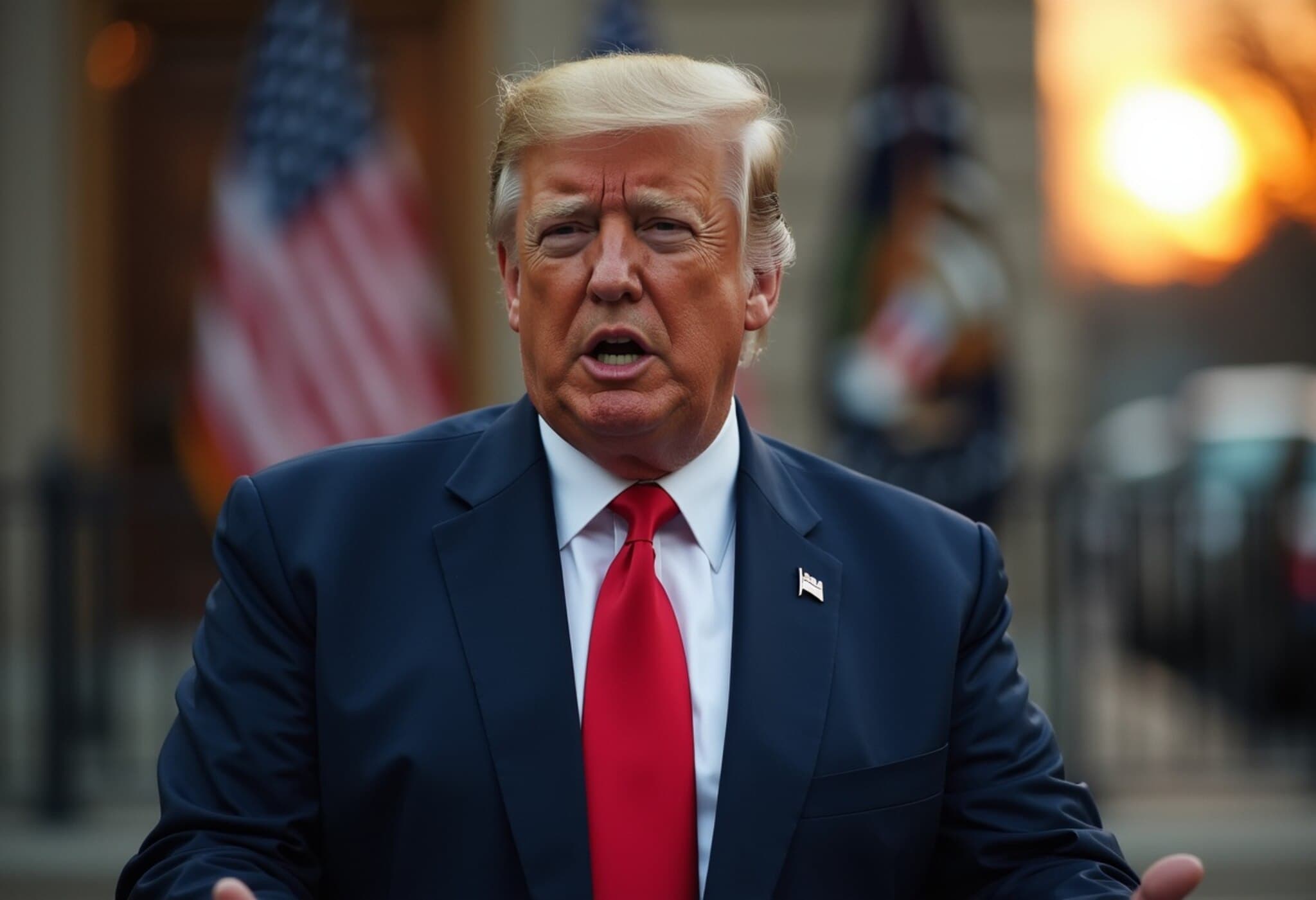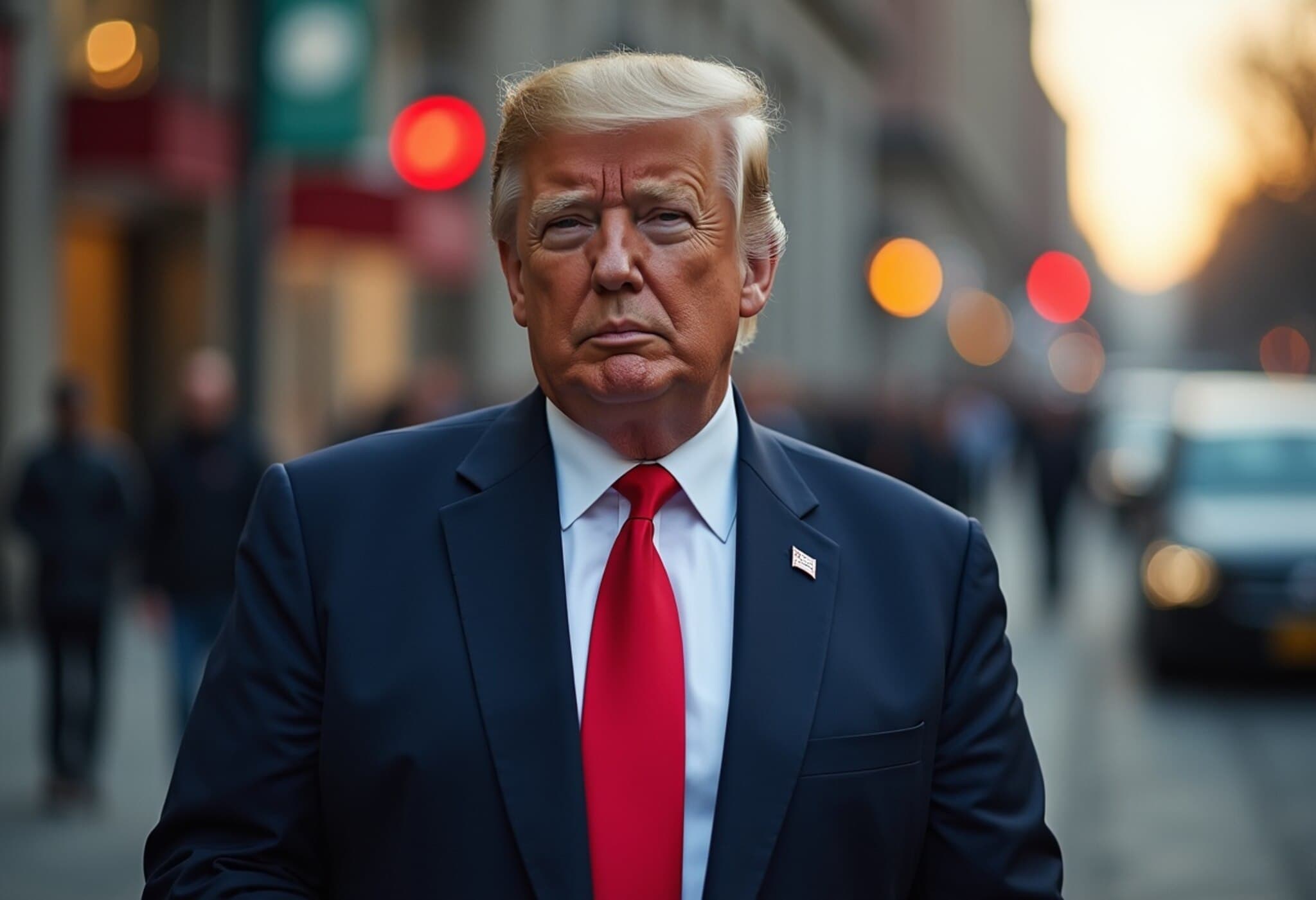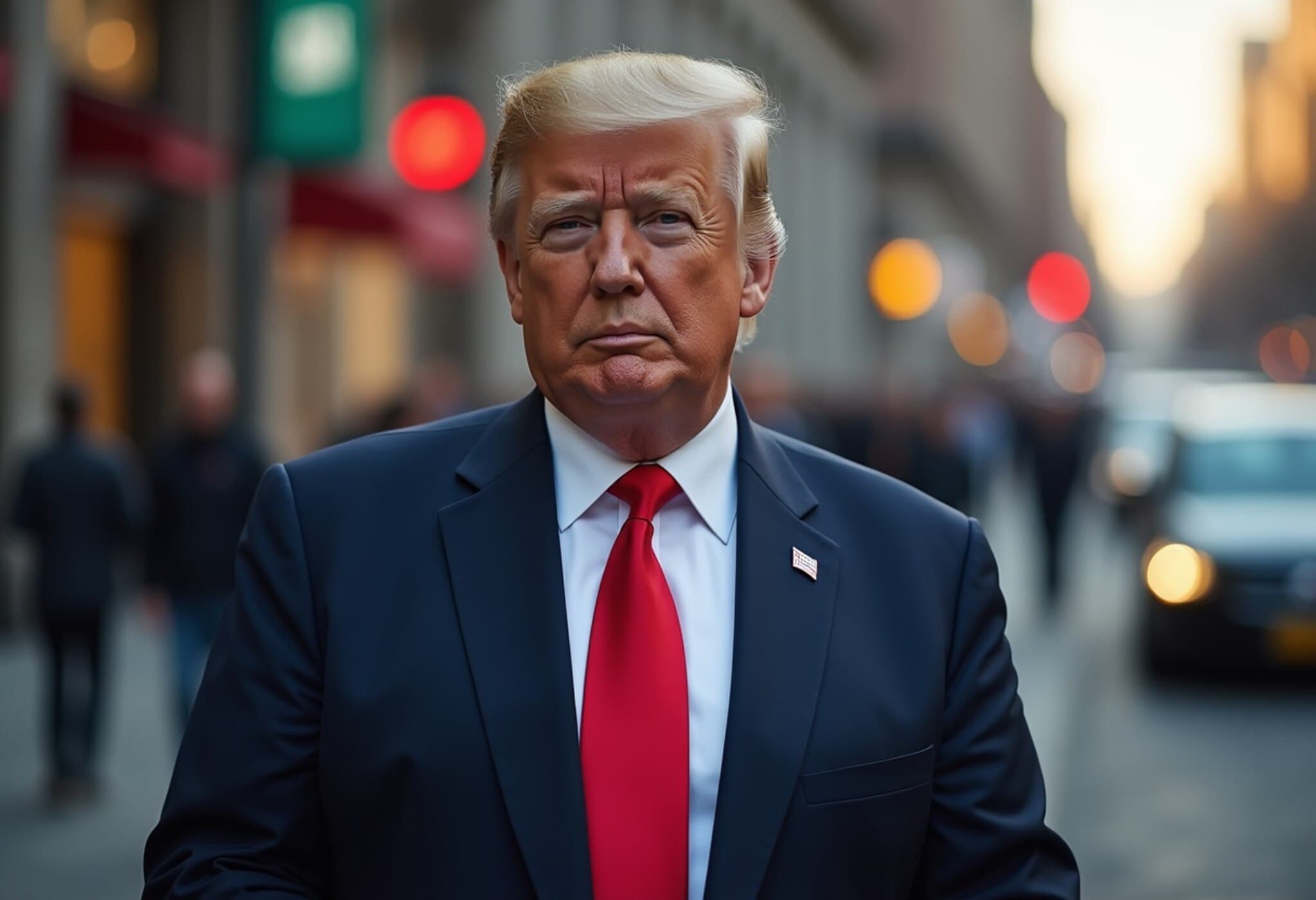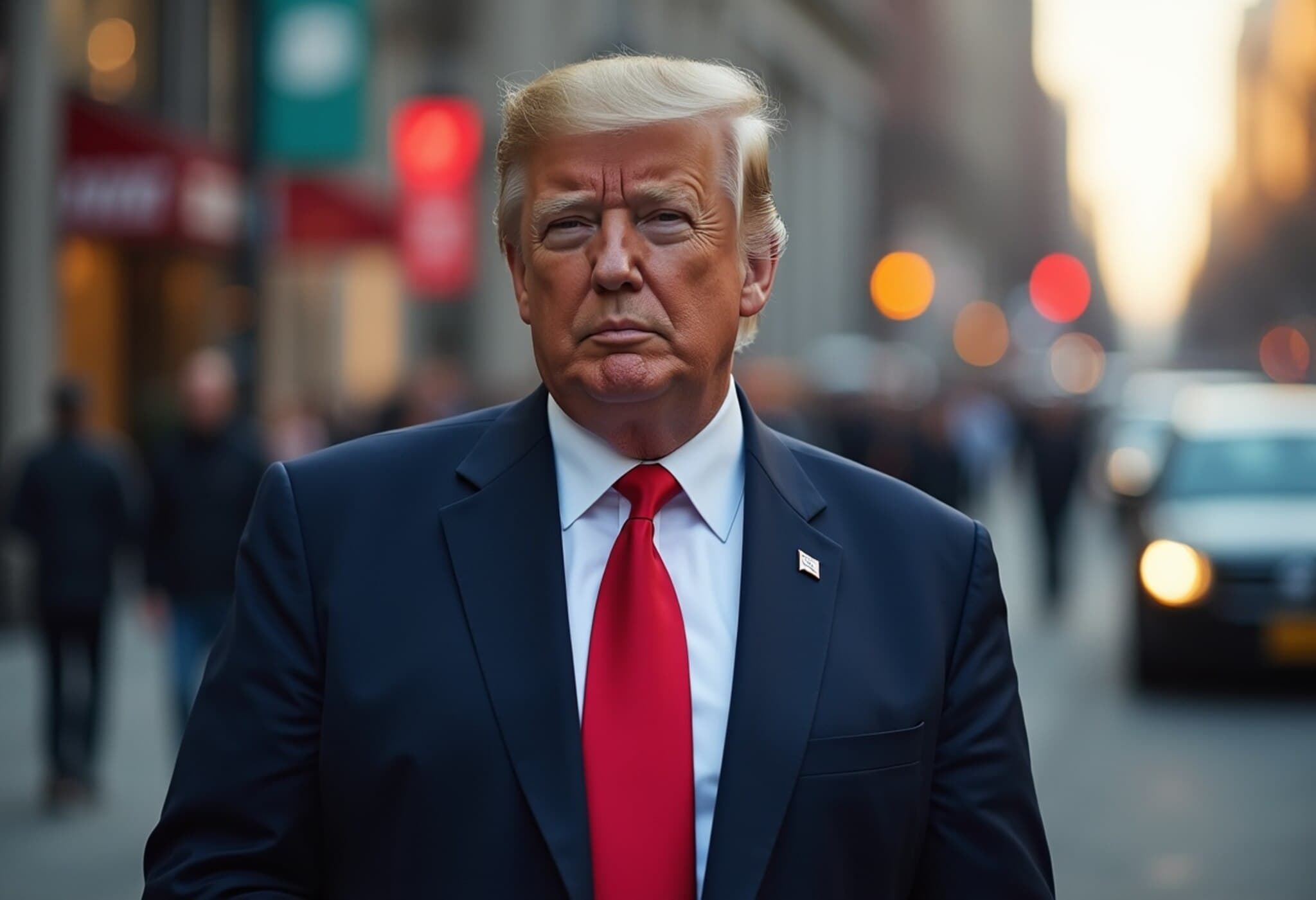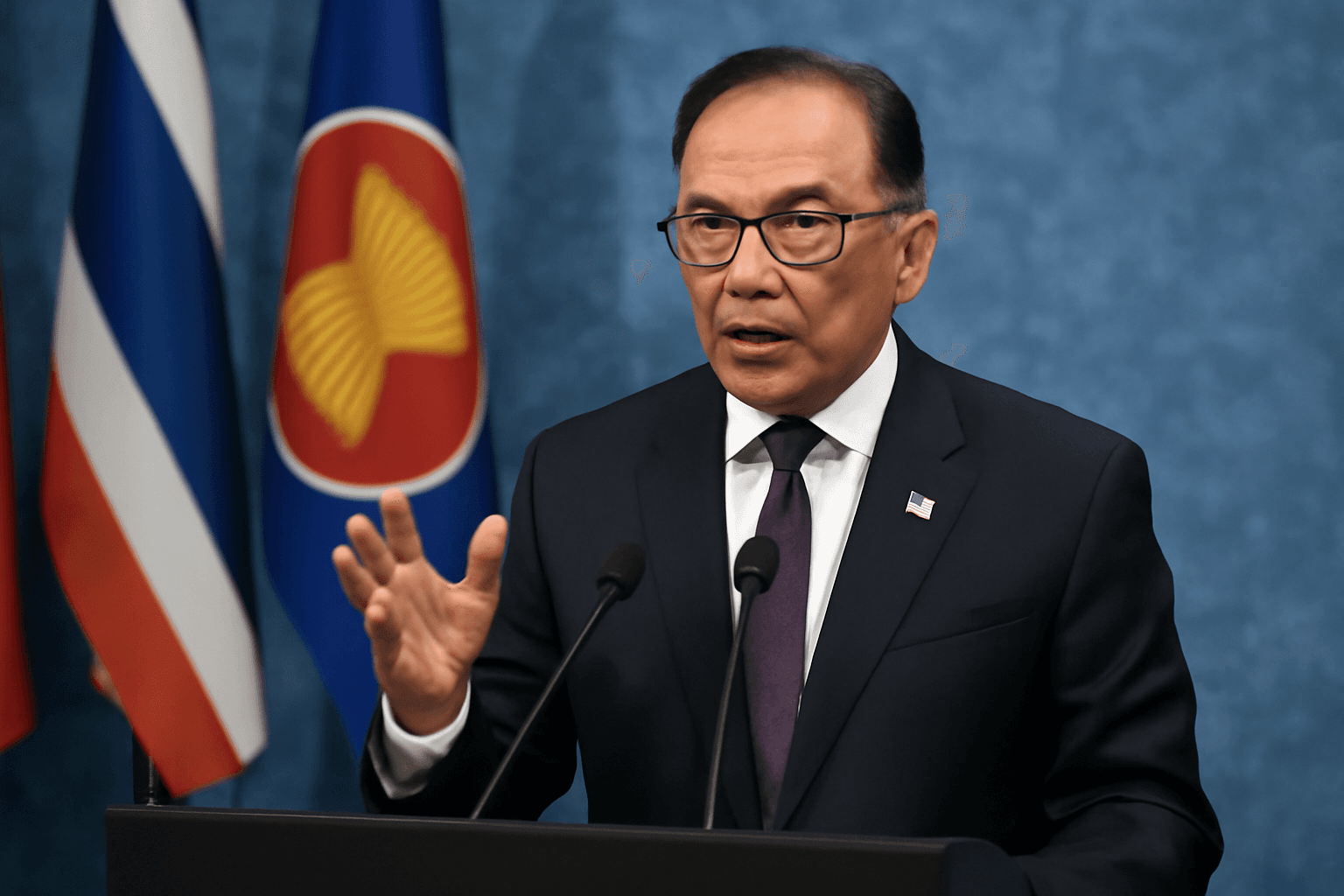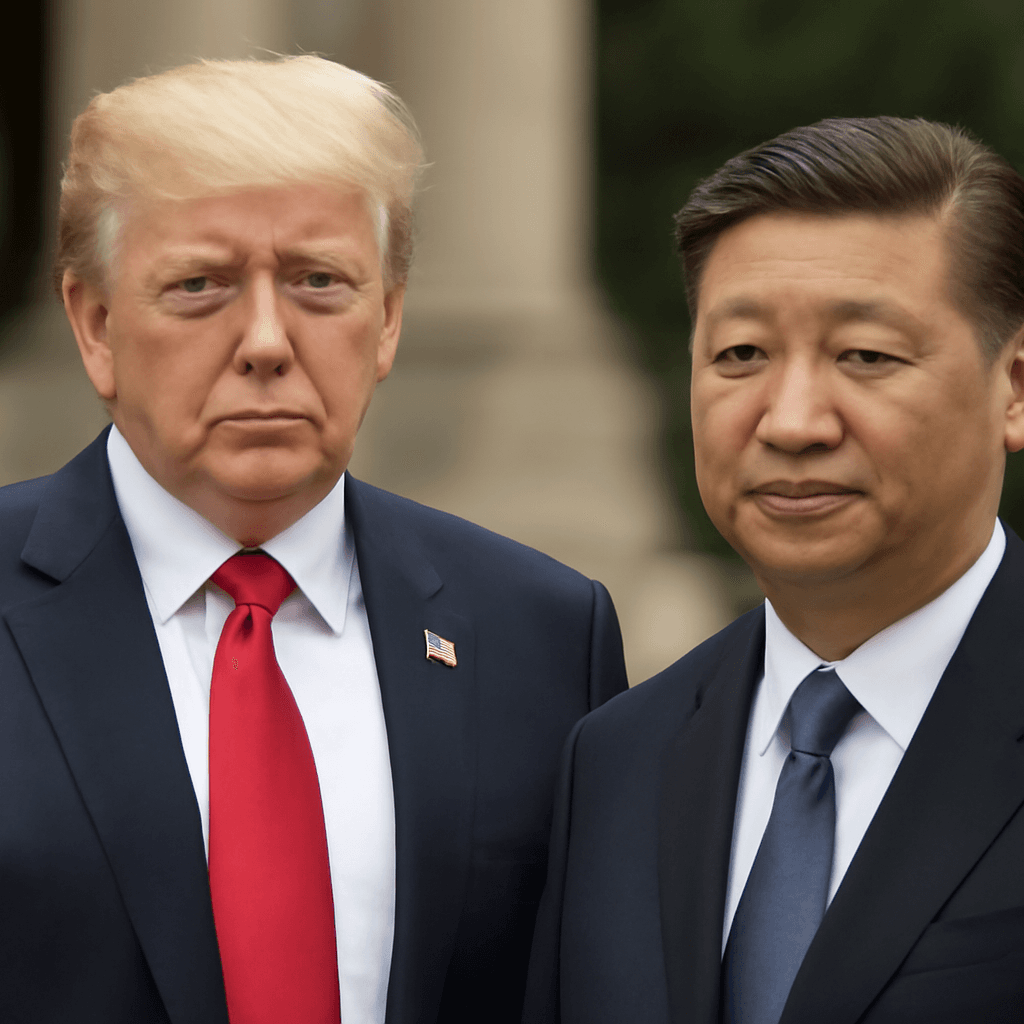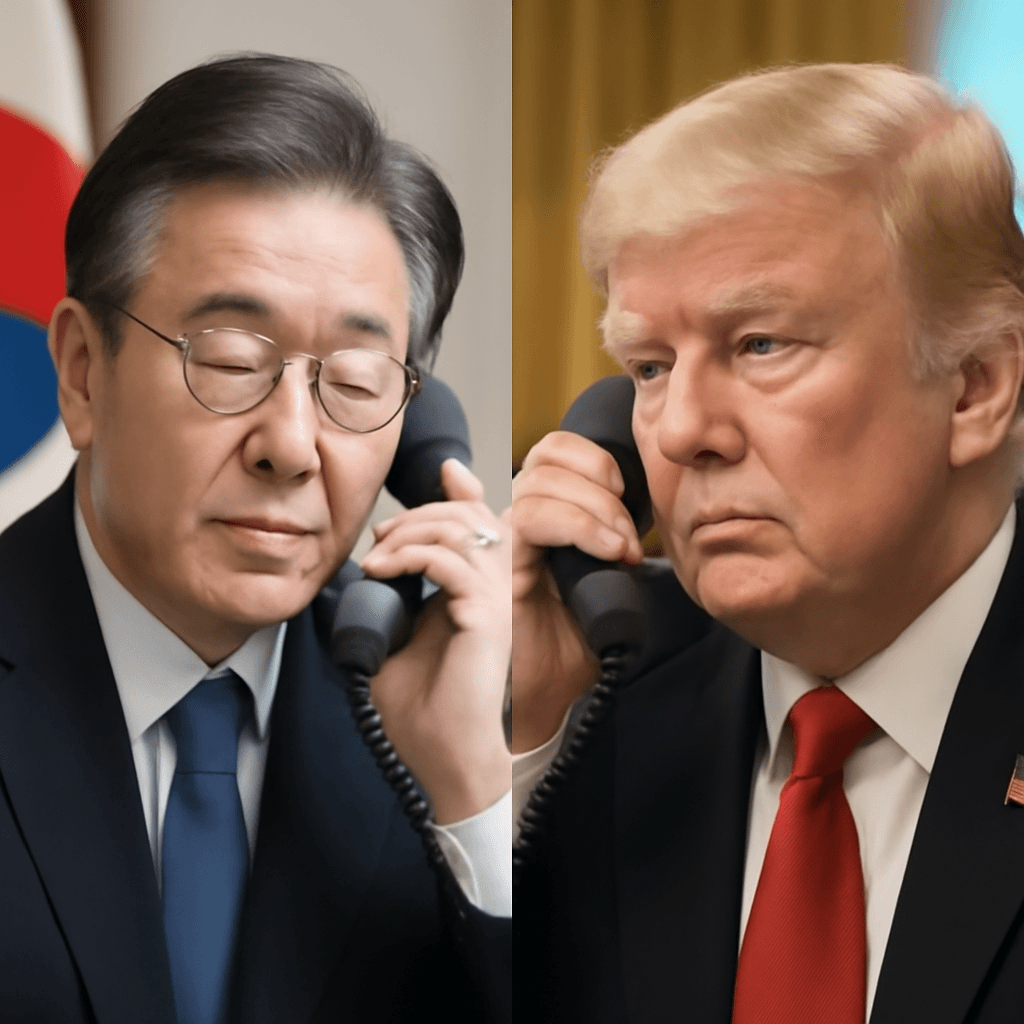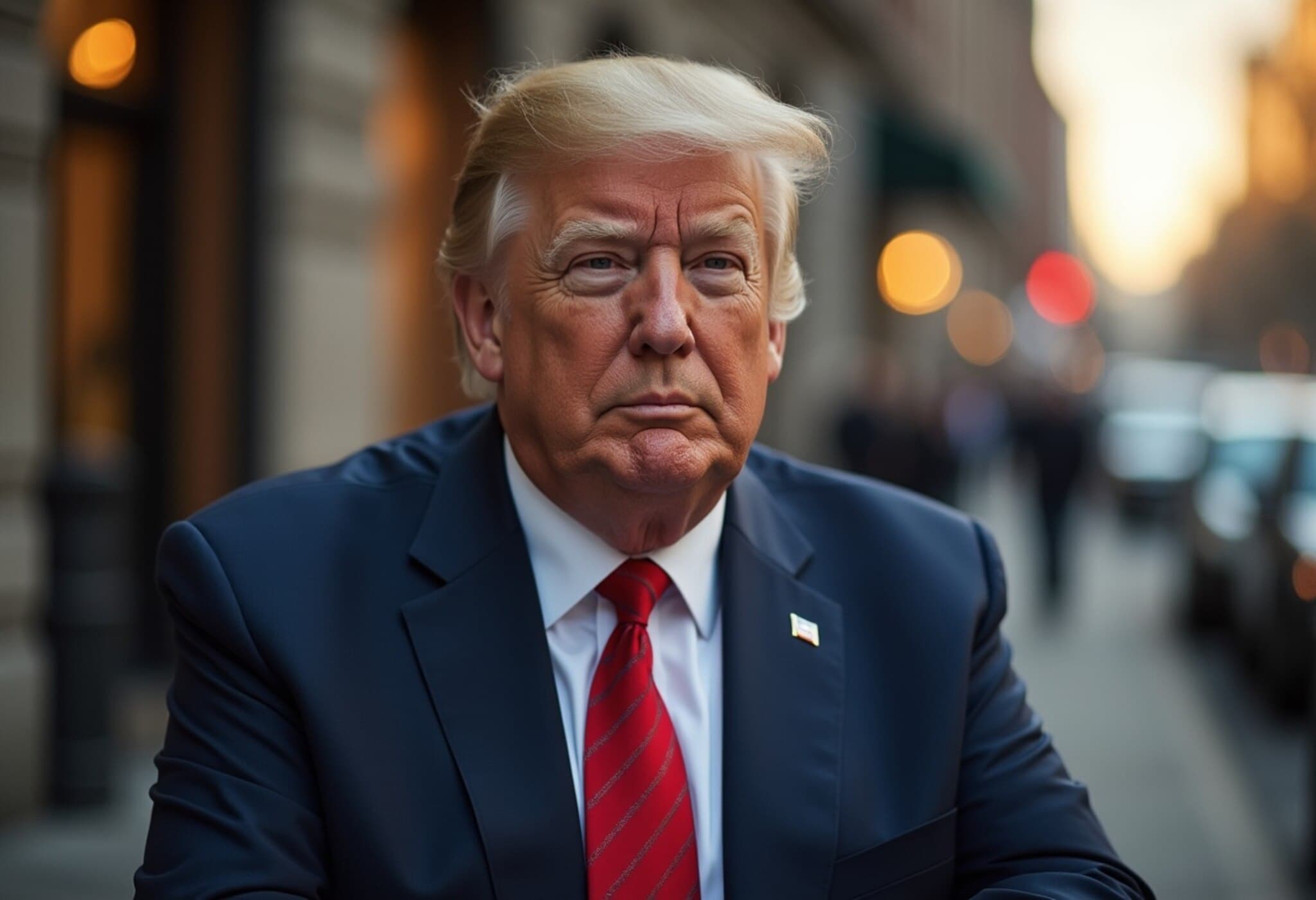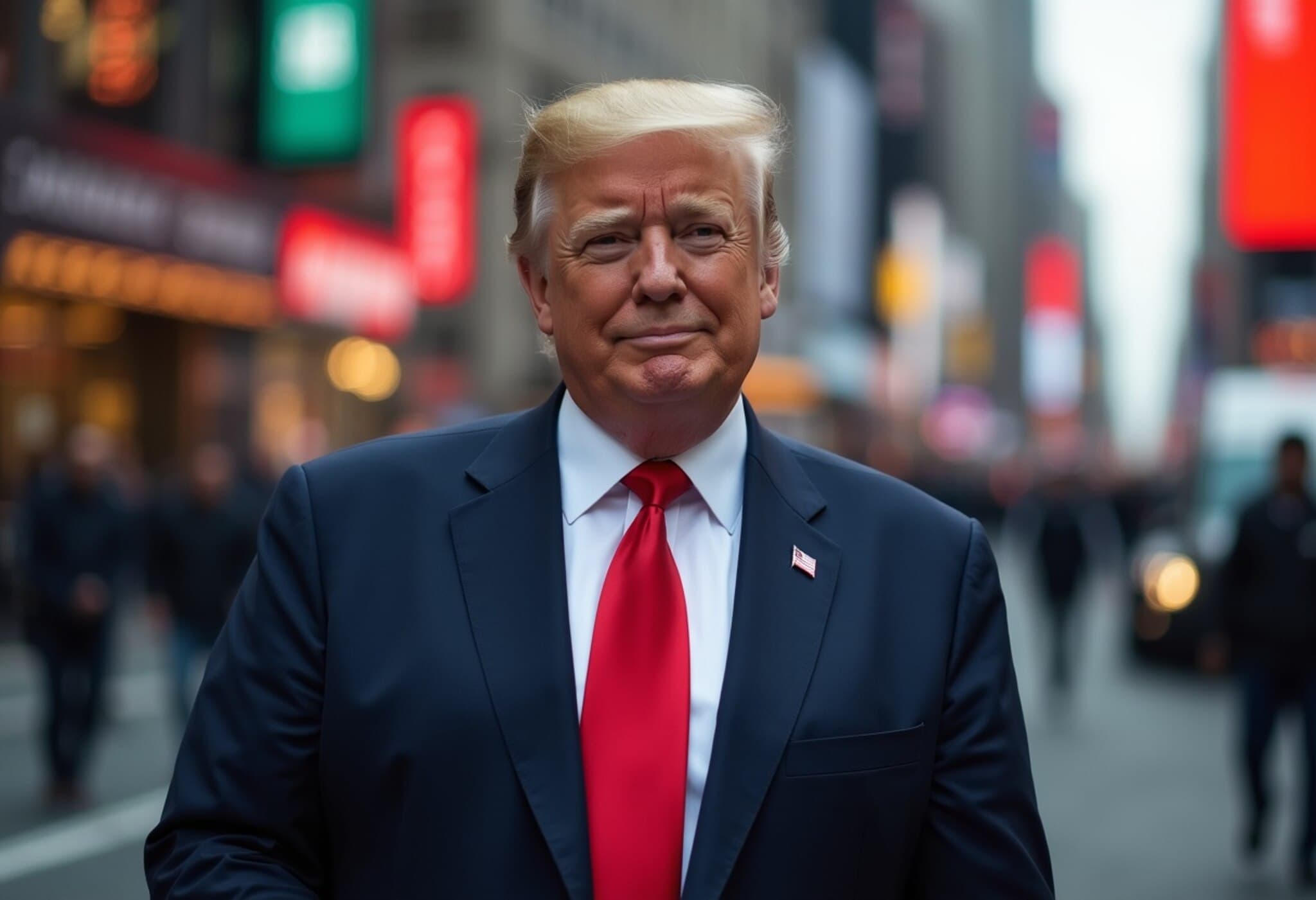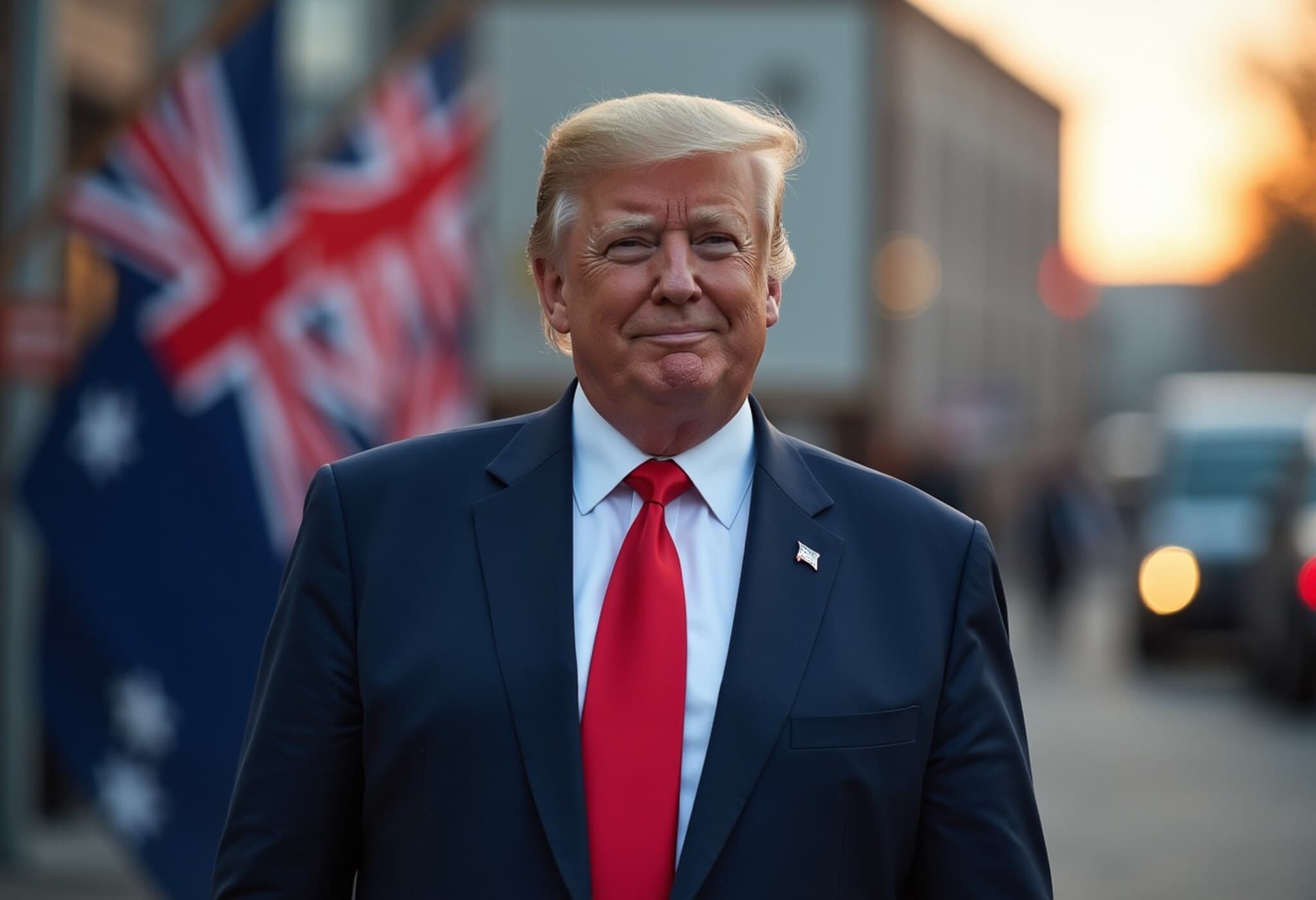Trump Announces Sweeping Changes to U.S. Tariff Policy
In a decisive move that reverberates across global trade networks, President Donald Trump signed a new executive order on Thursday adjusting tariff rates on imports from multiple countries. The updated policy hikes duties to a range of 10% to 41% depending on origin and product classification, aiming to tighten restrictions and counteract trade circumvention.
Targeting Transshipped Goods with Steep Tariffs
A particularly bold aspect of the order is its focus on goods that are "transshipped" — products routed through third countries to evade existing U.S. tariffs. Under the revised rules, such imports will face an additional 40% tariff. This sharp hike reflects the administration's intensifying efforts to close loopholes that have long undermined tariff effectiveness.
Broadening the Scope: Additional Duties for Unlisted Countries
Furthermore, the executive order stipulates that countries not specifically named in this latest directive will now confront a 10% additional tariff. This catch-all measure expands U.S. leverage amid ongoing trade disputes and signals a more aggressive posture toward lesser-recognized trading partners.
Implementation Timeline and Exceptions
According to the order, these revised tariffs will apply to goods officially "entered for consumption" in the United States starting at 12:01 a.m. Eastern Daylight Time, seven days after the order's issuance. Some exceptions exist, particularly for nations nearing formal trade or security agreements with the U.S., where the modified tariffs will remain until such accords are finalized.
Impact on Canada: Tariffs Rise to 35%
True to earlier promises, President Trump has raised tariffs on Canadian exports from the previous 25% to 35%, effective this Friday. Notably, this does not affect products covered under the U.S.-Mexico-Canada Agreement (USMCA) signed during his first term, preserving preferential treatment for compliant trade flows.
Expert Insights: What This Means for Trade and the Economy
Trade experts and economists view this tariff revision as a strategic escalation in the ongoing dialogue—and often tension—between the U.S. and its international trading partners. By targeting transshipped goods aggressively, the administration signals zero tolerance for tariff evasion, potentially reshaping global logistics chains.
However, these higher tariffs risk inflating costs for American businesses and consumers, raising concerns about potential inflationary pressures and supply chain disruptions. Small and medium-sized enterprises, often less able to absorb added import costs, might face particular strain.
Legal analysts also highlight the challenge of enforcement: defining and proving instances of transshipment can be complex, potentially leading to trade disputes or litigation under World Trade Organization (WTO) frameworks. Close monitoring in the coming months will be crucial to understand the real-world implications of this policy shift.
Underreported Questions
- How will these tariffs affect U.S. domestic industries reliant on imported intermediate goods?
- Could heightened tariffs strain relations with allies not exempted under USMCA or pending agreements?
- What mechanisms will the U.S. implement to identify and verify transshipped goods effectively?
Looking Ahead
As the international business community digests these changes, the evolving tariff landscape demands adaptability and vigilance. Companies engaged in import-export operations should reassess supply chains, anticipate cost shifts, and explore alternatives to mitigate tariff exposure.
Editor's Note
This executive order marks a significant recalibration of American trade policy, emphasizing a stringent approach to tariff enforcement and emphasizing national economic interests. While it aims to safeguard U.S. industries from unfair trade practices, the broader impact on global commerce remains uncertain. Stakeholders should watch for updates as implementation unfolds, and policymakers must balance protectionism against the benefits of open markets.
Stay tuned for ongoing coverage and expert analysis on how these tariff changes shape international trade dynamics in the coming months.

